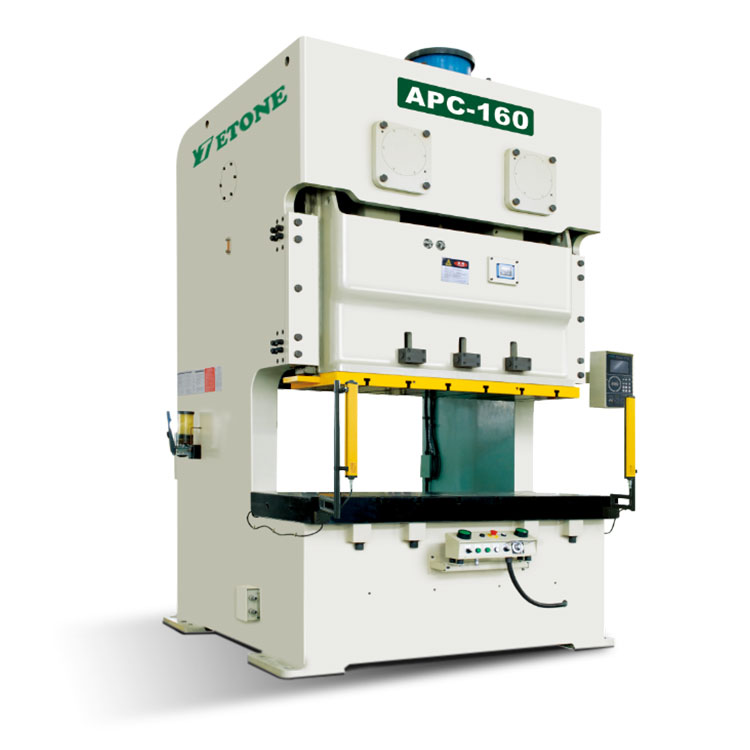A flywheel press generally refers to a mechanism that stores energy through a flywheel and releases it when needed. A flywheel is a rotating mechanical device that can store energy by increasing its rotational speed and release this energy by slowing down when needed. The working principle of a flywheel compressor involves the conversion of the flywheel's inertial force and kinetic energy. The following is a brief description of the working principle of a flywheel press:
1. Energy storage:
The flywheel rotates at high speed by inputting mechanical energy into the flywheel through an external power source. The energy storage of this process depends on the flywheel's rotational inertia and rotational speed. The higher the rotational speed of the flywheel, the greater the energy stored.
2. Energy release:
When additional energy is needed, the speed of the flywheel slows down, and the rotational inertial force transfers the mechanical energy to the external load.
Through the connection between the flywheel and the load, the energy stored in the flywheel can be converted into useful work, such as driving the motor, driving the vehicle, providing emergency power, etc.
3. Application scenarios of flywheels:
Power balance: Flywheels can help balance the output power fluctuations of engines or motors, especially in those occasions where there are periodic power demand fluctuations.
Energy storage device: Flywheels can be used as mechanical energy storage devices, which are charged by electric motors and release energy at high loads. They are widely used in power systems to balance power loads.
Emergency backup: Flywheels can provide instantaneous power support and quickly start backup power systems when the main power fails.
4. Flywheel design requirements:
High speed: Flywheels need to have a high enough speed to store more energy, so high-strength materials are usually used in flywheel design to ensure sufficient structural stability at high speeds.
Low friction: In order to reduce energy loss, flywheels are usually designed with low-friction bearings. Many modern flywheel systems use magnetic bearings to avoid friction and improve efficiency.
Summary: The flywheel press system uses the inertia of the flywheel's rotation to store and release energy. It stores energy by accelerating the rotation of the flywheel and releases energy by decelerating it. This process depends on the flywheel's rotational inertia and speed, so its storage and release efficiency is closely related to the design of the flywheel. Flywheel systems are widely used in scenarios where energy fluctuations need to be balanced or short-term energy support is provided.


